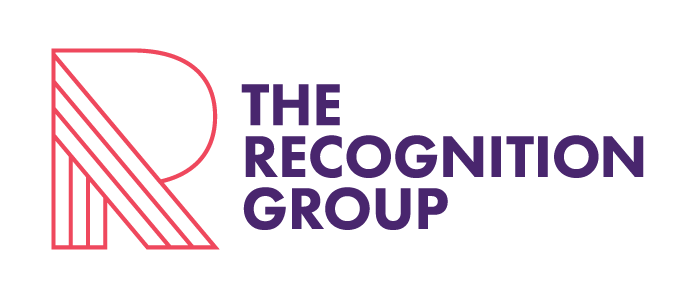Dos and don’ts of social media: protecting against social (media) faux pas
As more businesses venture into social media, the questions that business managers are asking is shifting.
The most common question I get today is ‘How do I manage my staff’s use of social media?’
What people are really asking is, “How do I mitigate the business risk of being involved with social media as a company?”
And if you haven’t been asking the same question, you probably should.
Here are just a few scenarios any business could face right now. How would you respond as the employer, manager or colleague? What’s the legal position? What’s the right thing to do? Consider these.
You have the best Christmas party ever. Tim, the head of sales, puts his tie on his head Rambo style and takes over the karaoke machine until 1am. A client account manager at the party whips out their phone, takes a photo, and posts it to Facebook with a mildly negative comment, notifying their 350 ‘friends’ including other work colleagues and some clients. Tim is tagged in the photo.
Your HR manager notes in their files that a candidate they are researching for a new position has some very ‘interesting’ and ‘potentially worrying’ associations outside of work based on reading the candidates Facebook profile.
A pre-sales engineer uses a geography-based app on their smartphone to ‘check-in’ to various locations around the city including some prospects’ offices they are visiting confidentially.
You note that headhunters have been connecting with some senior staff. Your staff has big LinkedIn networks that include many of your other employees.
You are asked to reprimand an employee who, through their Twitter account, has made some unpleasant remarks about a colleague. The employee points out that they don’t identify where they work, but with some Google searching you can make the link.
I can understand some management concerns.
A major bank experienced this first hand this year when an employee accidentally updated the company Twitter account instead of a personal one. However, by responding sympathetically to the incident there seems to be no lasting negative impression from all accounts.
However the publicity validated some business’s concerns about the risks of social media use in the workplace.
The challenge is that most employees already use social media, at home if not at work. And the lines between the two are already blurred.
What’s the answer?
A first step is to create a social media policy.
A social media policy is just like every other policy in your organisation. It is a document that provides rules and guidance for how to act or behave in certain situations.
A social media policy is a document that all employees, contractors or agents must sign, acknowledging they have read and understood it, and that they agree to abide by the terms it contains.
It will also have plenty of examples and scenarios to help show how the policy applies when certain situations arise.
Ideally, your social media policy should foster positive, informed and useful online behaviour, not to unreasonably or unfairly restrict use of this medium (in most cases).
It should also be written in language that everyone can easily understand.
It is important your staff understand that, when communicating using social media, they are still governed by the covenants in their employee agreement or contract, as well as the wider regulations and laws in the country in which they reside, which includes (but not limited to) defamation, commercial confidentiality, and anti-competitive or collusive behaviour.
I would also recommend adding a glossary to your policy. It’s hard for employees to use their judgment on matters they have never had to consider before or which haven’t been explained in a language they understand.
The secondary step is training. Some people won’t know the definitions of the terms in your social media policy, some will not be used to the actual technology in question, and many may make the easy mistake of assuming what happens outside of work doesn’t impact their professional reputation or can’t legally catch up with them once they leave their current employer.
At this point, no one really has all the answers, me included. However, I do know that you can’t just issue missives that ban all social media activity and expect it to successfully stand up without accompanying, well thought out documentation. It’s just not that simple. And equally, I’ve no doubt that social media policies will have to be reviewed, probably every six months at least to make sure they still hold up. It’s a very fluid area and the best practice right now is to be seen to be taking reasonable, positive and enforceable steps to manage this, the same way companies now implement and manage other policies.
If you’d like help in understanding more about social media, or advice on where to start with a social media strategy or policy, you can register to attend one of our webinars or contact us.
